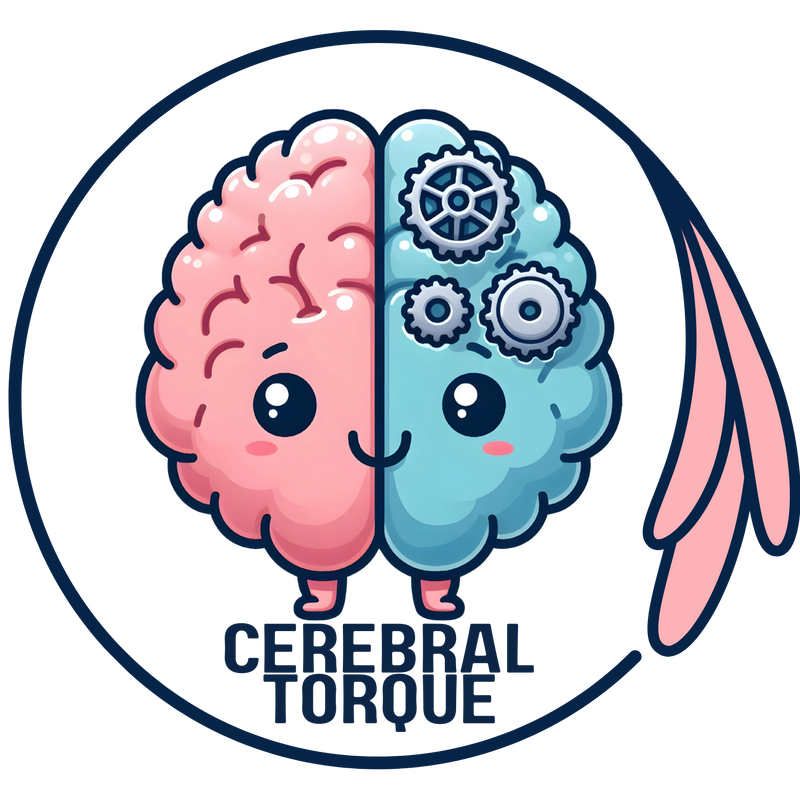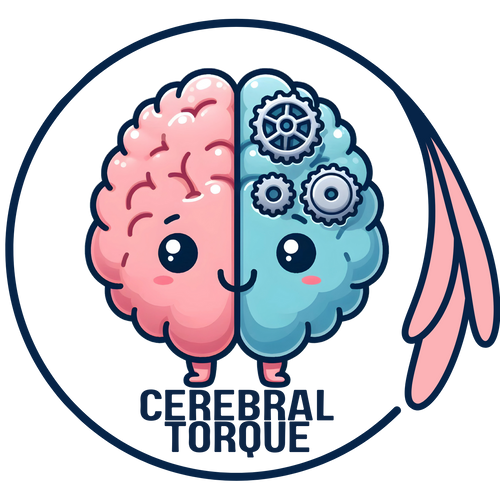Gepant Adverse Events Chart
Posted on August 15 2024,
Gepants (Oral/Nasal CGRP Medications): Side Effects Guide
What Are Gepants?
Gepants are a specific type of CGRP migraine medication that you take by mouth (pills) or nasal spray. They work by blocking a protein called CGRP (calcitonin gene-related peptide) that plays a key role in migraine attacks.
Important distinction: This guide covers only gepants (oral/nasal medications). CGRP medications also include monthly/quarterly injectable monoclonal antibodies like Aimovig, Ajovy, Emgality, and Vyepti, which have different side effect profiles and are not covered in this table.
This guide helps you understand potential side effects, but every person responds differently to medications. Always discuss any concerns with your healthcare provider.
Rimegepant
Atogepant
Ubrogepant
Zavegepant
How to Read This Table
This table compares side effects specifically for gepants (oral and nasal CGRP medications). The information comes from clinical studies and the largest real-world analysis of gepant patient reports ever conducted (13,859 cases from 2020-2024).
Remember: Just because a side effect is listed doesn't mean you will experience it. Many people take these medications without problems, and the benefits often outweigh the risks for many migraine patients.
| Adverse Event Category | Rimegepant (Nurtec ODT) | Atogepant (Qulipta) | Ubrogepant (Ubrelvy) | Zavegepant (Zavzpret) |
|---|---|---|---|---|
| Timing of Side Effects (When they typically occur) | - Most side effects within 30 days (86.6%) - Median onset: Same day treatment starts - Range: 0-6 days for most effects - Very quick onset pattern |
- Longer time to side effects (61.9% within 30 days) - Median onset: 13 days after starting - Range: 0-84 days - Delayed effects due to longer-acting medication - Some effects like hair loss can take months |
- Most effects within 30 days (80.7%) - Median onset: Same day treatment starts - Range: 0-15 days - Rapid onset similar to rimegepant |
- All effects within 30 days (100%) - Median onset: Immediate (same day) - Taste changes happen right away - Nasal effects occur immediately after use |
| Gastrointestinal (Stomach and digestive system) | - Highest severity of nausea - Moderate constipation signal (3.09 risk ratio) - Reports of abdominal pain - "Feeling abnormal" most reported (6.8%) |
- Most frequent overall gastrointestinal issues - Strongest constipation signal (16.1% of patients, 20x higher risk) - Reports of decreased appetite - FDA warning for constipation risk |
- Less prominent than others - Fatigue most common side effect (7.2%) - Some nausea and vomiting - Mild constipation signal (2.45 risk ratio) |
- Moderate nausea (4% vs 1% placebo) - Taste disorders extremely common (45.2% of patients) - Reduced systemic GI exposure from nasal delivery - Taste changes due to nasal spray route |
| Skin and Subcutaneous Tissue | - Most frequent rash and pruritus (itching) - Highest severity of alopecia (hair loss) - Reports of urticaria (hives) |
- Secondary severity of alopecia - Some reports of rash and pruritus - Occasional skin hypersensitivity (increased skin sensitivity) |
- Less prominent than others - Few reports of rash and pruritus - Rare cases of angioedema |
- Hypersensitivity reactions (<1%) - Facial swelling and urticaria documented - No increased dermatologic risk from nasal route |
| Cardiac | - Strongest overall cardiac adverse events signal - Reports of palpitations - Some cases of chest discomfort |
- Strong signals for cardiac flutter (irregular heartbeat) - Reports of tachycardia (rapid heart rate) - Some cases of hypertension |
- Comparable rates to others - Occasional reports of chest pain - Few cases of bradycardia (slow heart rate) |
- No serious cardiac events in trials - Post-marketing hypertension signal - New-onset or worsening hypertension within 7 days |
| Musculoskeletal and Connective Tissue | - Less prominent than others - Some reports of myalgia (muscle pain) - Occasional arthralgia (joint pain) |
- Moderate reports of back pain - Some cases of muscle spasms - Occasional reports of joint stiffness |
- Most positive signals for skeletal muscle adverse events - Increased signals for muscle tightness and neck pain - Reports of muscle weakness |
- Back pain most common (5.3%) - Minimal musculoskeletal impact - No specific joint or muscle patterns |
| Raynaud's Phenomenon (Poor blood flow to fingers and toes) | - Strongest signal - More frequent reports of cold extremities - Cases of color changes in fingers/toes |
- Secondary signal strength - Some reports of tingling in extremities - Occasional numbness in fingers/toes |
- Least prominent - Rare reports of Raynaud's-like symptoms - Few cases of sensitivity to cold |
- Critical class-wide safety concern - Median onset 1.5 days post-dosing - FDA mandatory warnings implemented |
| Neurological & Sleep-Related | - "Feeling abnormal" most common (6.8%) - Sleep problems (insomnia, drowsiness) - Memory concerns and "brain fog" - Tingling or numbness sensations - Anxiety-related symptoms |
- Sleep disturbances common - Anxiety and mood changes - Memory impairment reports - Delayed onset (can take weeks to months) - Fatigue and drowsiness |
- Fatigue is the top concern (7.2%) - Sleep alterations - "Feeling abnormal" sensations - Anxiety symptoms - Generally less severe than others |
- Minimal neurological effects - Less impact on sleep or mood - Fewer cognitive complaints - Nasal route may reduce brain exposure |
| Hepatobiliary (Liver-related) | - Scarce reports across all four gepants in real-world data (2020-2024 study) - ALT/AST elevations in 2-2.6% of patients across all gepants - Zavzpret shows no hepatotoxicity signals (major advancement from telcagepant) - Rare liver-related events: Rimegepant (14 cases), Atogepant (27 cases), Ubrogepant (12 cases), Zavegepant (0 cases) - Continued monitoring recommended, especially for patients with liver problems |
|||
Important Safety Information
- Constipation (especially Atogepant/Qulipta): This affects 16% of Atogepant users with a 20-fold increased risk. Can be severe and persistent. Stay hydrated, eat fiber-rich foods, and contact your doctor if constipation lasts more than 3 days.
- Taste Changes (Zavegepant/Zavzpret): Nearly half (45%) of users experience taste disorders due to nasal spray delivery. Usually mild and temporary but can be bothersome.
- Raynaud's Phenomenon: All CGRP medications may cause decreased blood flow to fingers and toes, leading to color changes, numbness, or pain. This can happen within days of starting treatment.
- Blood Pressure: These medications may cause increases in blood pressure. Your doctor may want to monitor this regularly.
- Timing Matters: Most side effects happen within the first 30 days, with some medications (like Atogepant) potentially causing delayed effects over months.
- Fatigue and "Feeling Abnormal": Many patients report unusual tiredness or just "not feeling right," especially with Ubrogepant (fatigue) and Rimegepant ("feeling abnormal").
When to Contact Your Healthcare Provider
Call your doctor if you experience:
- Severe constipation lasting more than 3 days (especially important for Atogepant/Qulipta users)
- Persistent taste changes that bother you (common with Zavegepant/Zavzpret nasal spray)
- Unusual fatigue or weakness that interferes with daily activities
- Persistent "feeling abnormal" or just not feeling like yourself
- Fingers or toes that turn white, blue, or feel numb/painful
- Persistent high blood pressure readings
- Sleep problems or significant mood changes
- Memory problems or "brain fog" that concerns you
- Hair loss or significant skin changes
- Chest pain or irregular heartbeat
- Any side effect that starts within the first month of treatment and doesn't improve
- Any side effect that concerns you or affects your daily life
Remember: Most side effects occur within the first 30 days of starting treatment, but some medications (especially Atogepant) can cause delayed effects that develop over weeks to months.
Emergency Situations - Call 911 or Go to ER/A&E
Difficulty breathing • Facial/throat swelling • Severe chest pain • Signs of stroke
Data sources: VigiAccess and FDA Adverse Event Reporting System (FAERS) databases up to March 31, 2024. Enhanced with comprehensive 2025 pharmacovigilance study analyzing 13,859 real-world adverse event reports specifically for gepants from 2020-2024.
Original study source | Latest comprehensive gepant pharmacovigilance study (2025)
Disclaimer: This information is for educational purposes only and should not replace professional medical advice. Always consult your healthcare provider about your specific situation and any questions about your medications.
Sat, Dec 20, 25
Eptinezumab (Vyepti) Desensitization Protocol
First-ever eptinezumab (Vyepti) desensitization protocol for migraine patients with hypersensitivity reactions. 10-step hospital-based approach proven safe and effective.
Read MoreWed, Dec 17, 25
Migraine Management During Pregnancy, Breastfeeding, and Pregnancy Planning
This guide provides comprehensive, evidence-based recommendations for migraine management throughout the reproductive journey.
Read MoreMon, Nov 17, 25
Migraine Research - During the week of my absence.
Migraine Research - During the week of my absence. The Association Between Insomnia and Migraine Disability and Quality of Life This study examined how insomnia severity relates to migraine disability...
Read More


